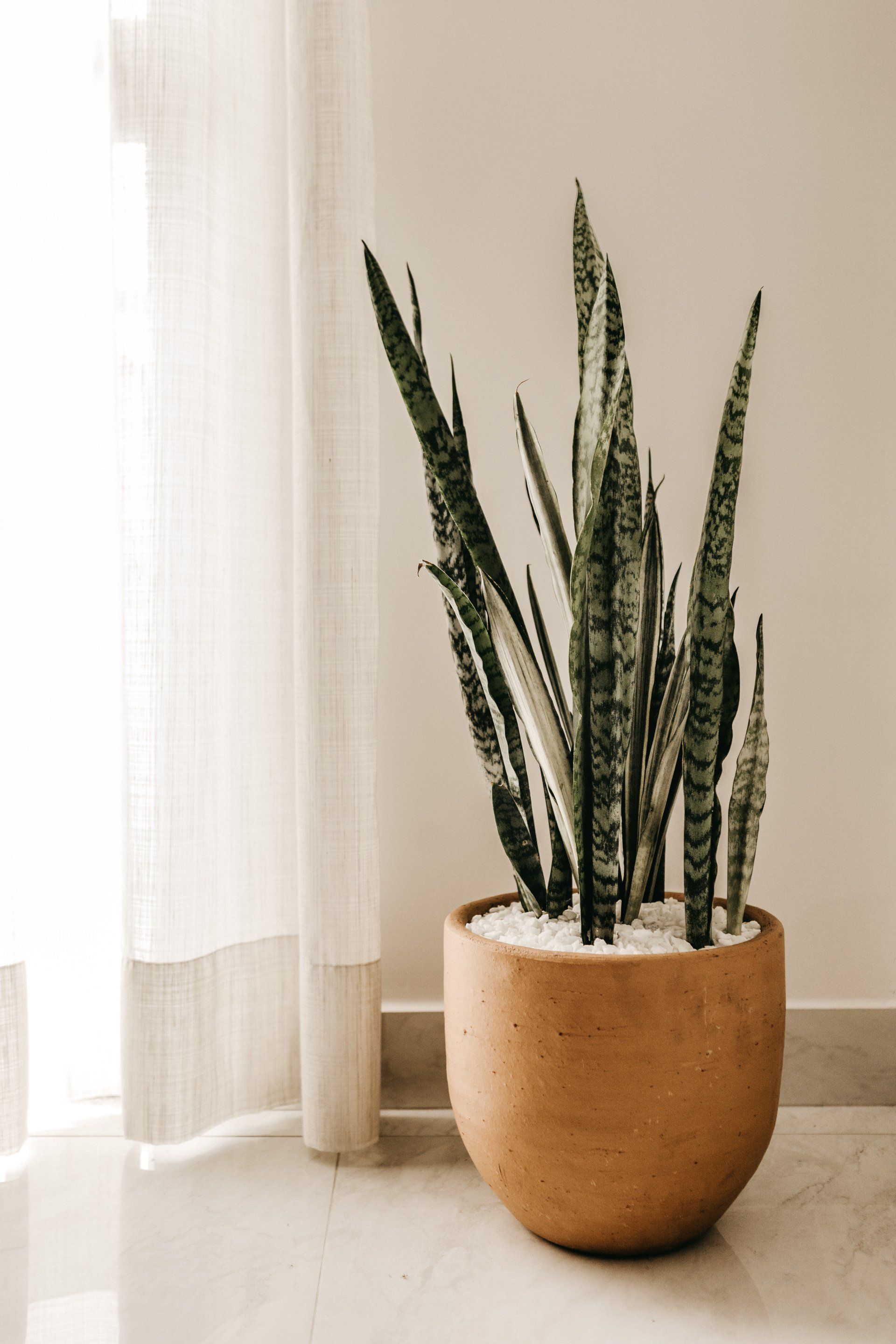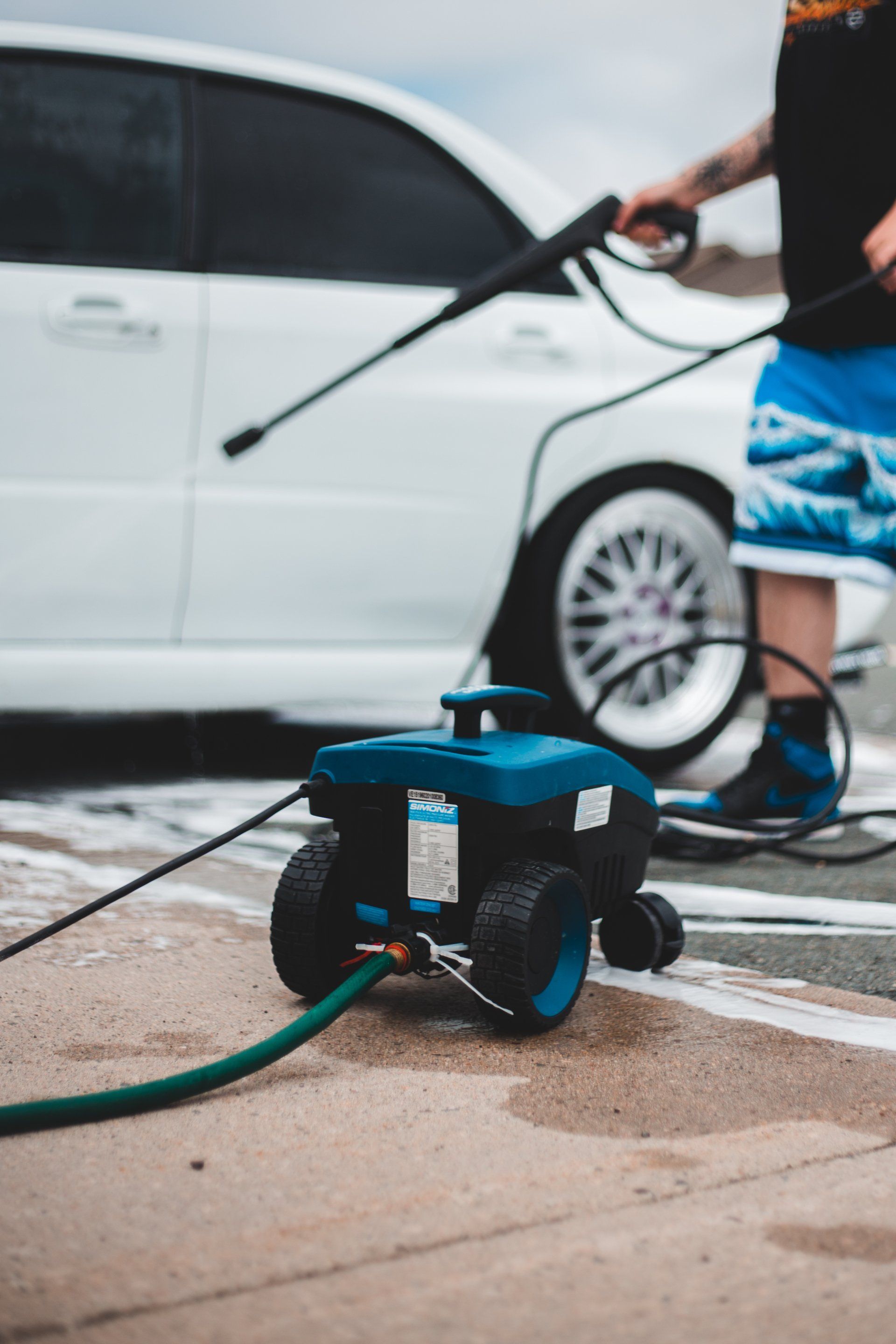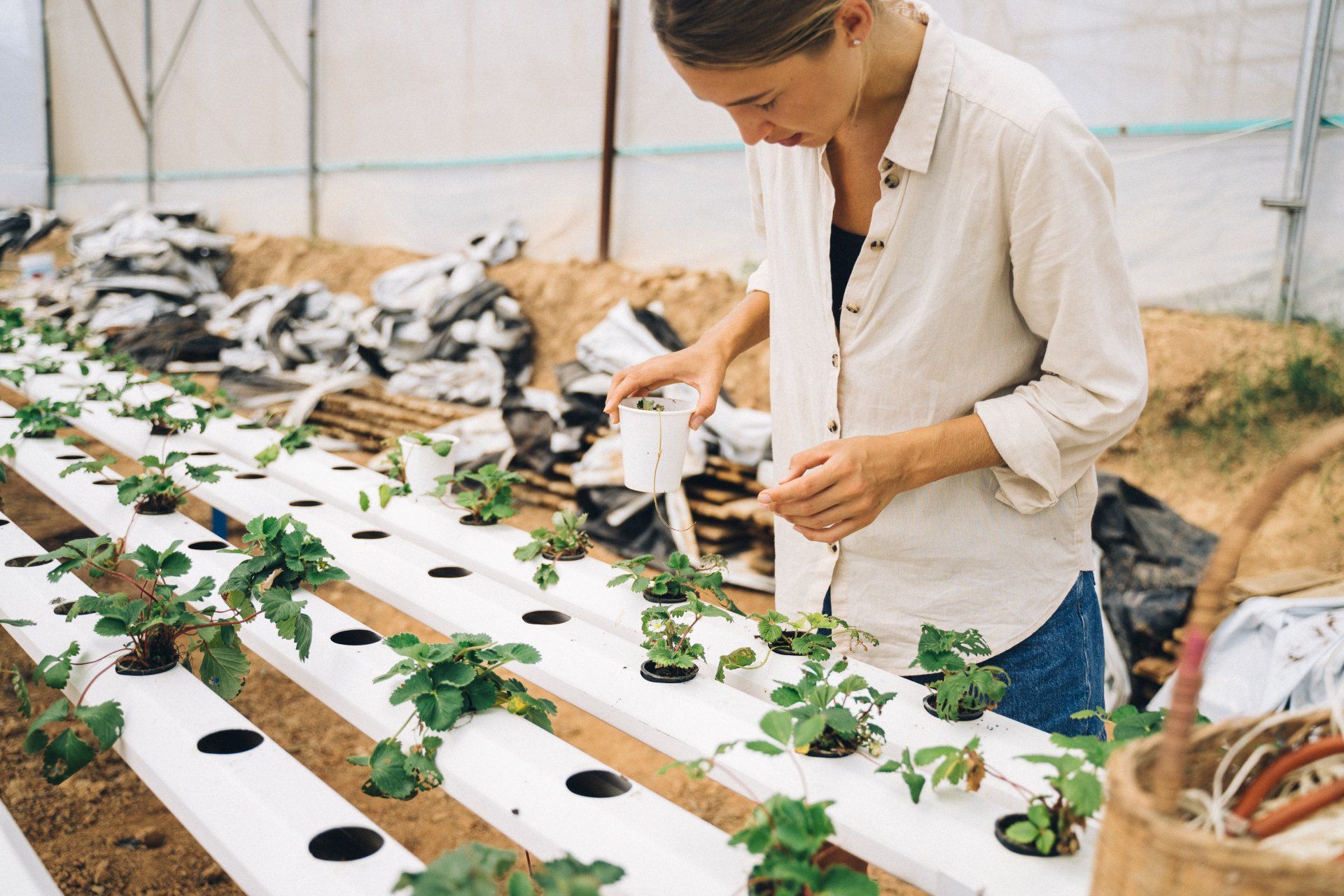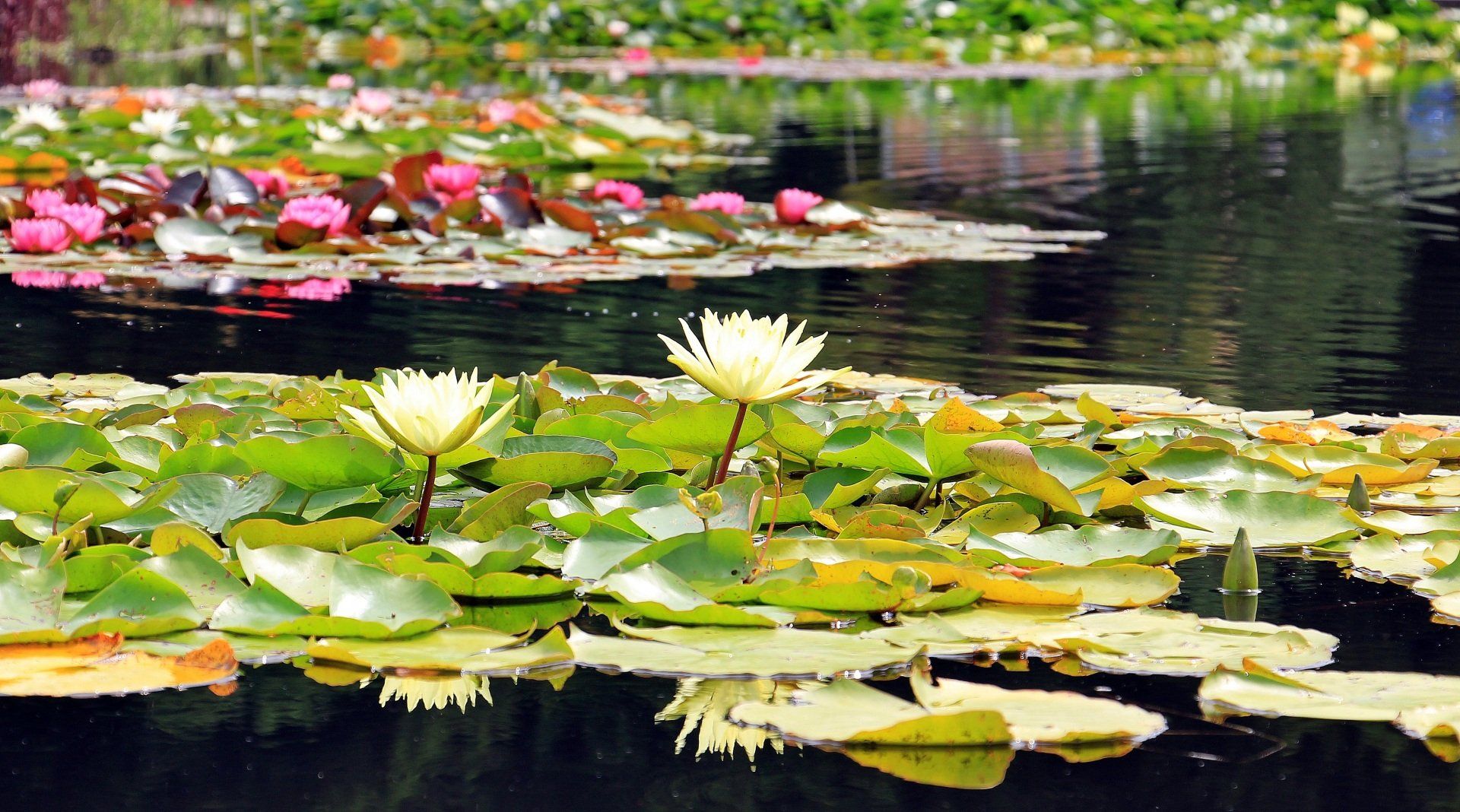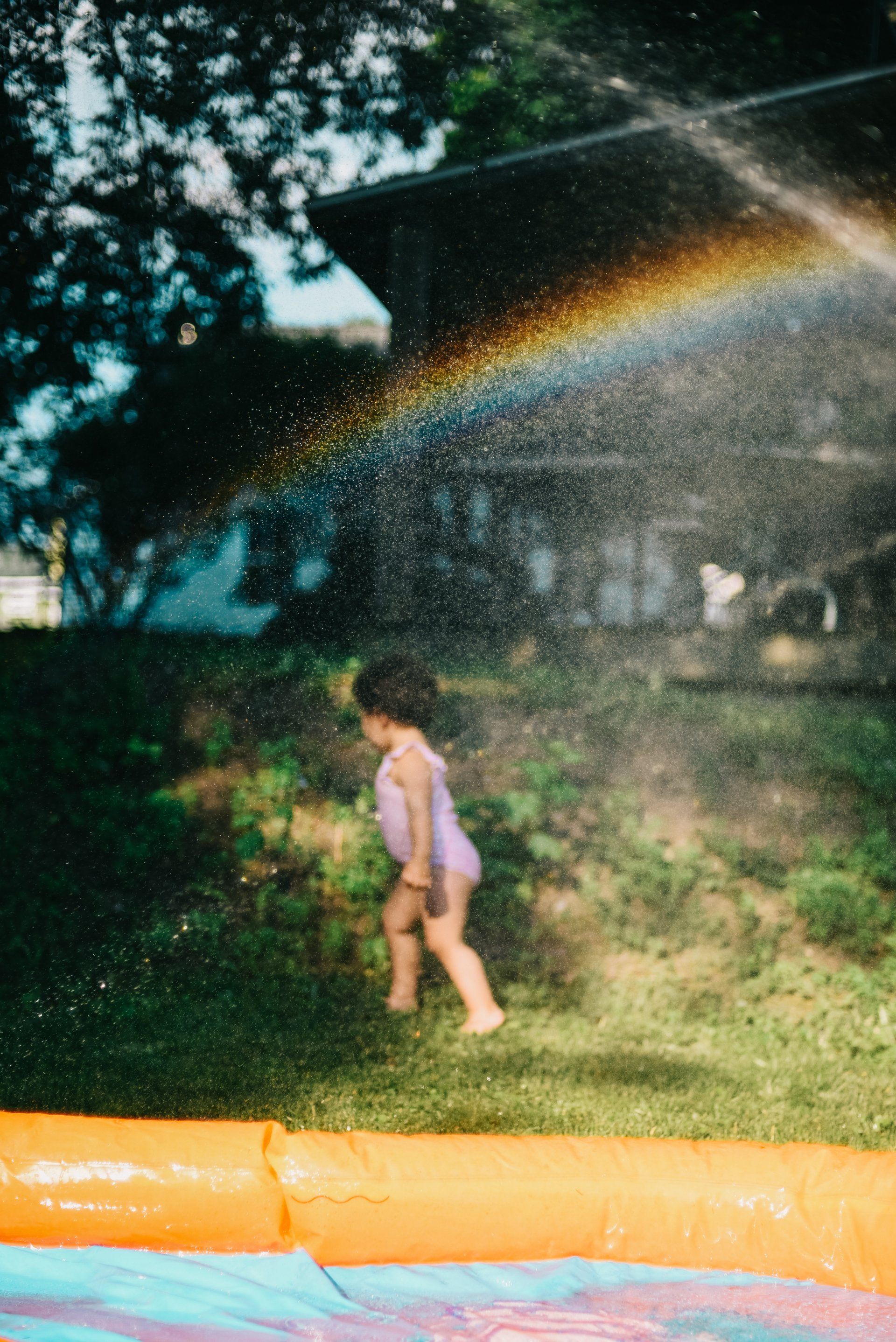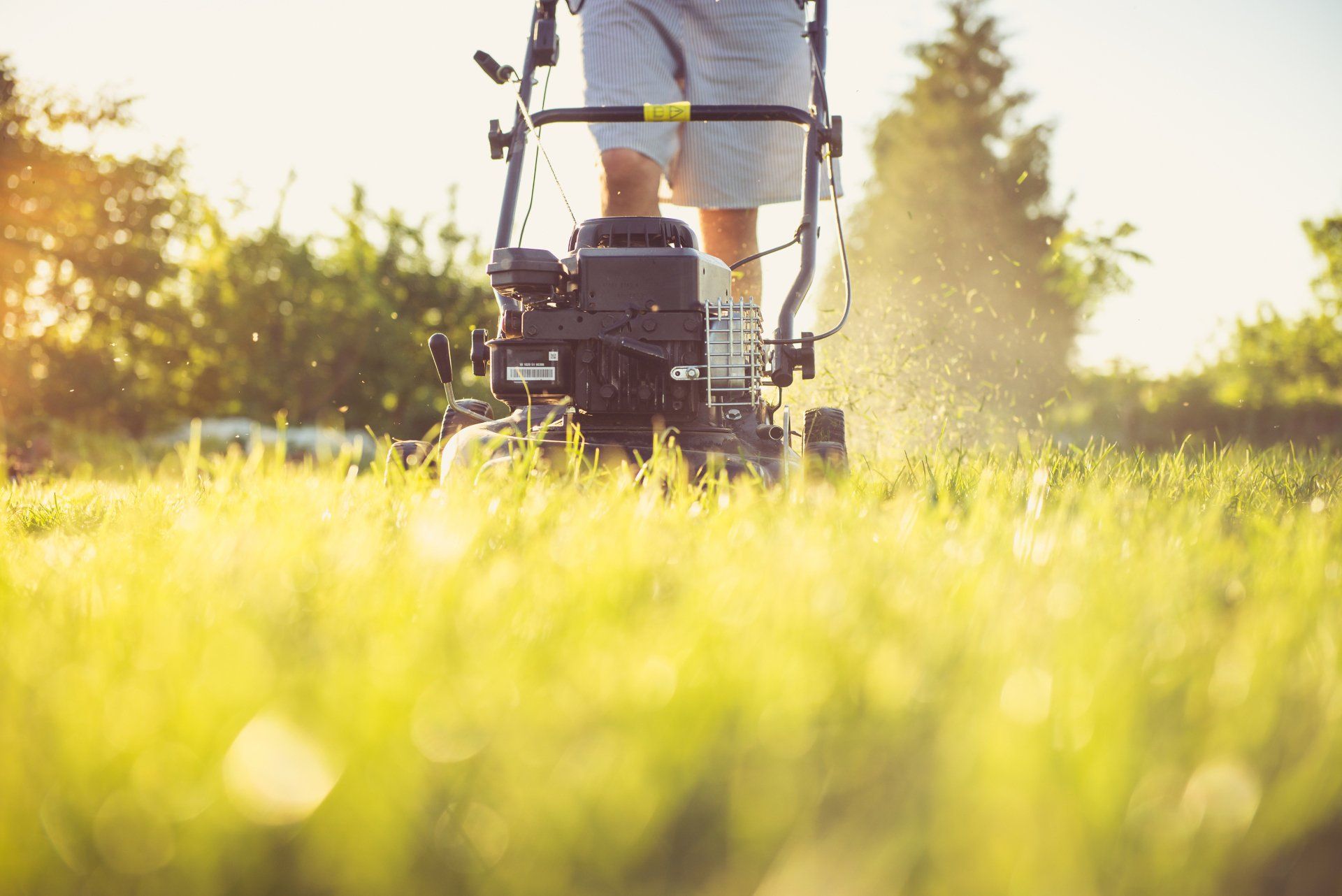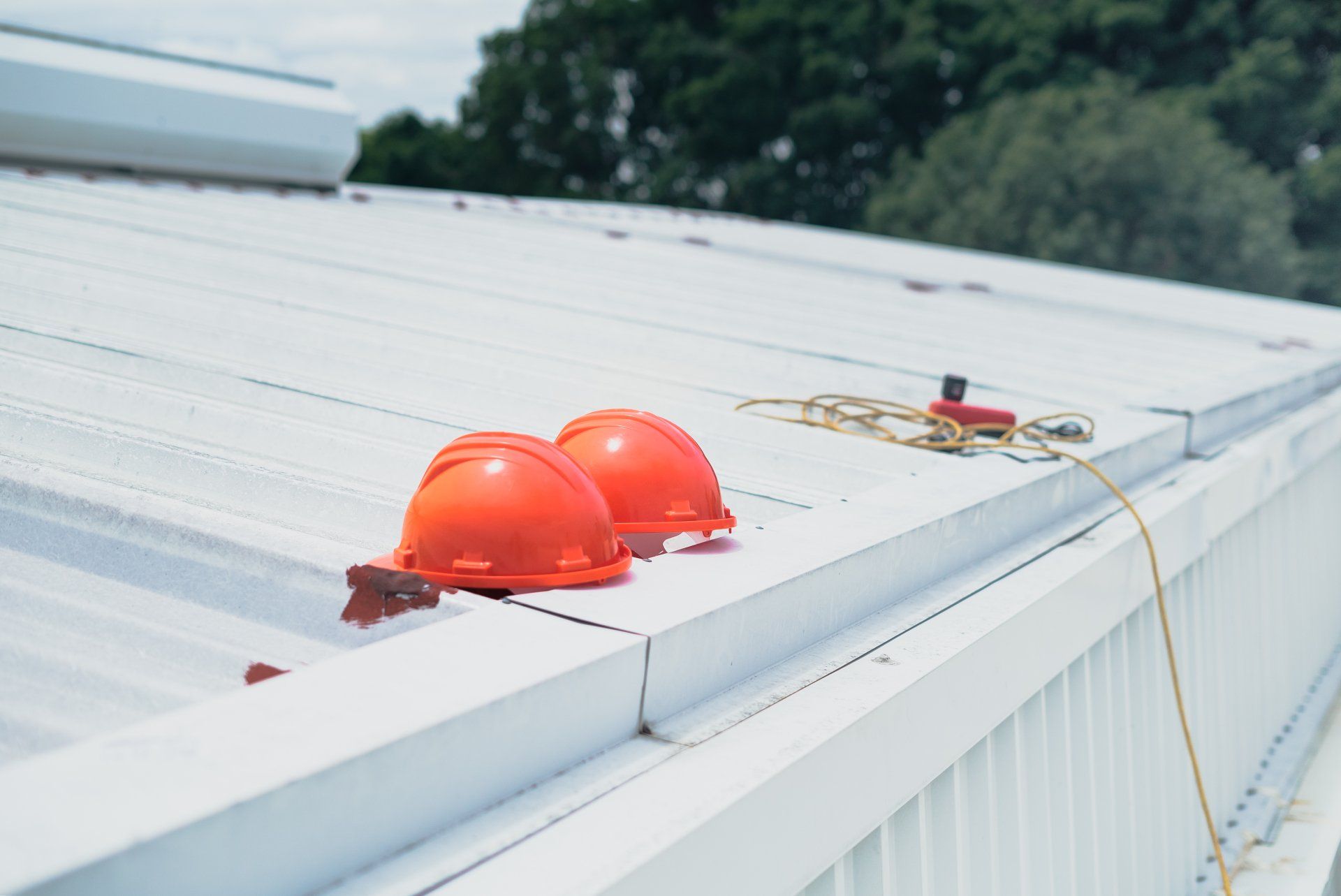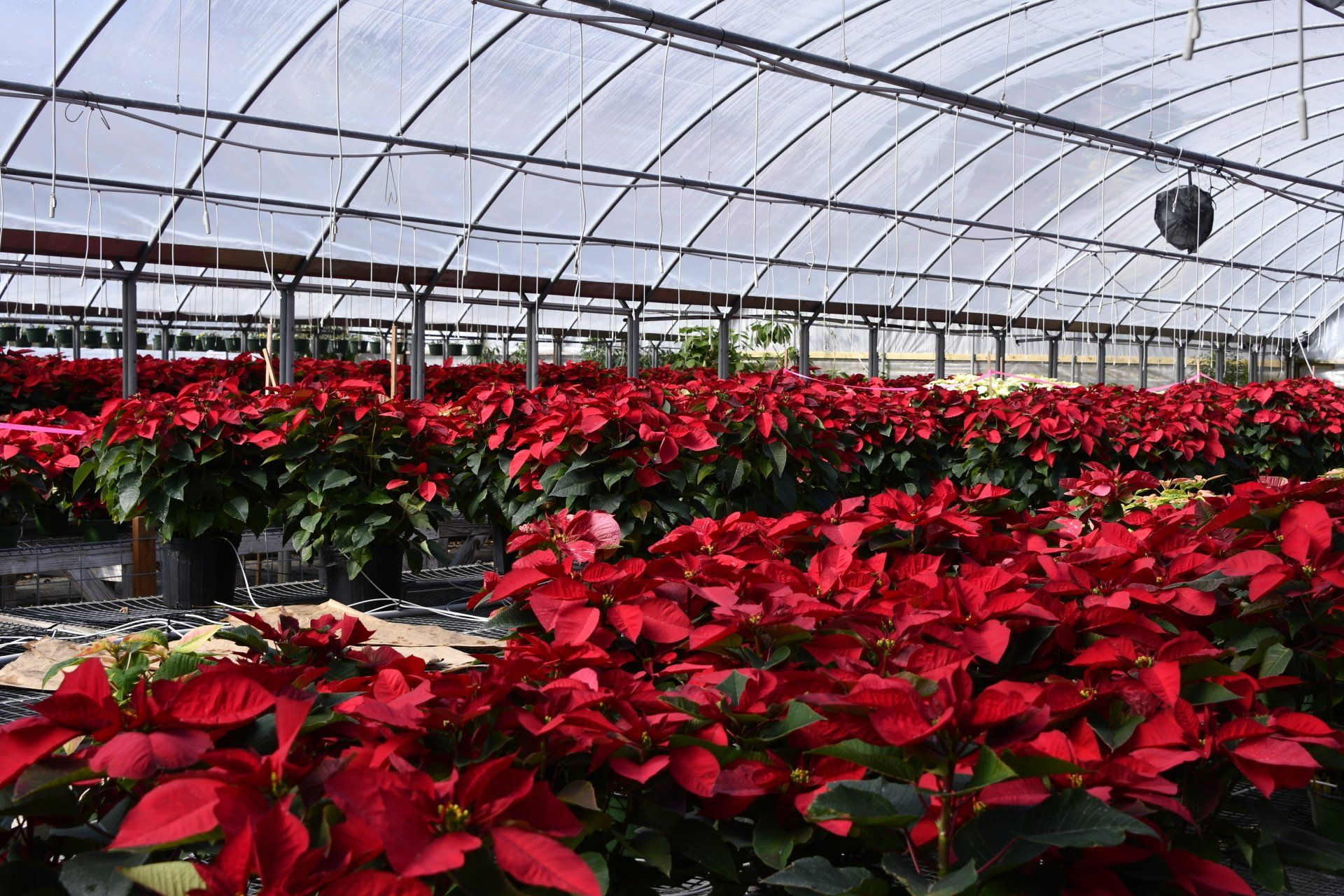How to Revive Dead Grass
How to Revive Dead Grass
Dead grass is an eyesore that will negatively impact the curb appeal of your home. This guide will show you how to revive green grass that is suffering from the summer heat.
Tips for Reviving Dead Grass
First, make sure that the grass isn't dormant. Sometimes, cool-season lawns in northern climates go dormant in midsummer, particularly during droughts.
Before you attempt to revive your grass with drastic measures, make sure you inspect the crowns. They are the white area at the bottom of the plant that contains individual blades. If the crowns look healthy, your lawn should recover itself by watering more often. However, if the crowns become brown and dry out, your lawn won't grow again no matter how much water you give it.
A healthy lawn may have some dead spots that you can do yourself. You may need professional help if your entire lawn needs to be replaced.
Here's how to revive grass cuttings:
- You can pull weeds or use herbicide to get rid of unwanted plants.
- Dethatch the lawn to increase air and water circulation.
- You should till the soil to a depth between 5 and 6 inches. Organic compost can also be used to improve soil's nutrient quality, bulkiness, and water-holding capability.
- Test the soil to determine if it has enough phosphorus. A grass-starter fertilizer may be helpful in the development of healthy grass.
- You can reseed or plant sod. Spread grass seed all over the area. Top the seeds with a thin layer of soil. Or, you could also put down sod. Lay down sod. Make sure that the new pieces are firmly attached to the existing ones. Also, make sure their roots contact the soil. Learn whether you need seeding or sodding your lawn.
How to Avoid Dead Grass in Your Future
These are the best ways to maintain your dead grass once you have revived it.
- You should water your newly restored lawns daily for the next two to 3 weeks to keep it moist but not too wet. Gradually reduce how often you water as your new lawn develops.
- You should mow your lawn once a week in order to keep it a few inches tall.
- Fertilize your lawn once every four to six weeks from the beginning of fall. After the first year, you should fertilize your lawn in the spring and fall.
- For soil to breathe, it is important to aerate and dethatch every few years.
- Keep your dog off the lawn. Some dogs' urine can be acidic and kill the grass. If your pets have to relieve themselves, make sure you dilute the spot using water.
- To ensure one piece of grass isn't choked all summer, move water slides and above-ground pools throughout the yard.
